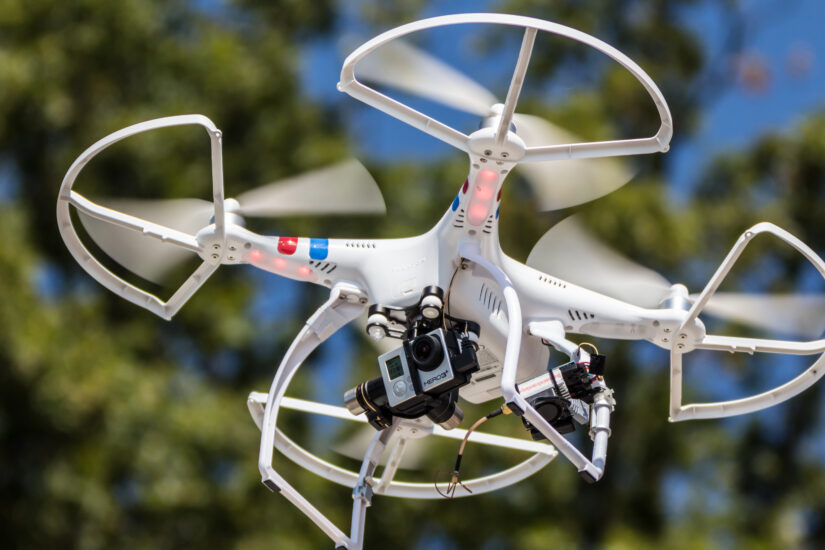It Takes Two to Advance Advanced Air Mobility
The role of digital twins in certifying AAM systems

A team of researchers from the U.S.’s Purdue University and the U.K.’s Coventry University recently published a study wherein they propose creating a digital twin for various aspects of the emerging advanced air mobility (AAM) ecosystem well under development today.
Designers from Purdue’s Human Factors team CAE (computer-aided engineering) team and subject matter experts (SMEs) to digitally test different configurations and scenarios. This would allow researchers to isolate the human factor-certification challenges before building a physical prototype. The artificial intelligence (AI) research roadmap is focused on the potential to increase the efficiency and efficacy of AAM designs by providing a realistic, immersive experience and concentrating on mitigating residual risk in the ‘AI black box.’
5 key characteristics of digital twins
These five features of digital twins are:
1. Providing Real-time Data By connecting the digital twin to sensors and data sources in the physical object, researchers can receive real-time data, just like the physical object.
2. Simulation A digital twin can simulate the behavior and performance of the physical object in varying conditions which aids in optimization, testing, and decision-making.
3. Data Analysis A digital twin can use analytics and algorithms to process and analyze data, providing industry developers with insights and predictions about the physical twin.
4. Control and Monitoring A digital doppelganger can monitor and control its physical counterpart to optimize the production process in real-time.
5. Historical Data Digital twins can retain historical data analyze trends, suggest performance improvements, and predict when maintenance operations are needed.
5 ways digital twins can augment the AAM certification process
The certification process necessary for AAM to become a viable, sustainable mode of transportation of people are cargo can be boosted using digital twins for:
1. Design and prototyping By simulating a virtual prototype, engineers and designers can model and test multiple configurations
2. Simulation and Testing A digital twin of an electric vertical take off and landing (eVTOL) aircraft allows engineers and designers to simulate the aircraft performance under environmental variations including air traffic control (ATC), system malfunctions, and emergency situations help to assure safety and efficiency.
3. Flight Testing Digital twins can mimic various flying characteristics and situations which enables virtual flight testing to hasten the certification process.
4. Data Collection and Analysis A plethora of data can be generated by a digital twin during simulation and testing, aiding in the fulfillment of certification requirement
5. Regulatory Compliance CAE digital twins are ideal in helping AAM developers ensure their systems will comply with regulatory norms across multiple jurisdictions, such as airworthiness certification, identification and resolution of non-compliance issues which can abbreviate the compliance management process.
The use of digital mirror image twins across the AAM design, development, and manufacturing process to aid certification of everything across the AAM ecosystem – aircraft, ATC systems, vertiports – can prove to be an invaluable timesaver, resource-preserving asset and is worth considering.
Top 3 Takeaways
- Using digital twins in the development and design process to implement AAM can save time and money
- Digital twins can provide real-time data, historical data, and data analysis beneficial to the advancement of the AAM industry as a whole and the various elements within.
- Digital twins can improve the process and procedures necessary to meet regulatory compliance requirements across virtually every jurisdiction.
- Keywords: AAM Today, AAM, immersive technologies, human-centered design, advanced air mobility, digital twins, electric vertical take-off and landing (EVTOL) aircraft, eVTOLs, urban air mobility (UAM).


